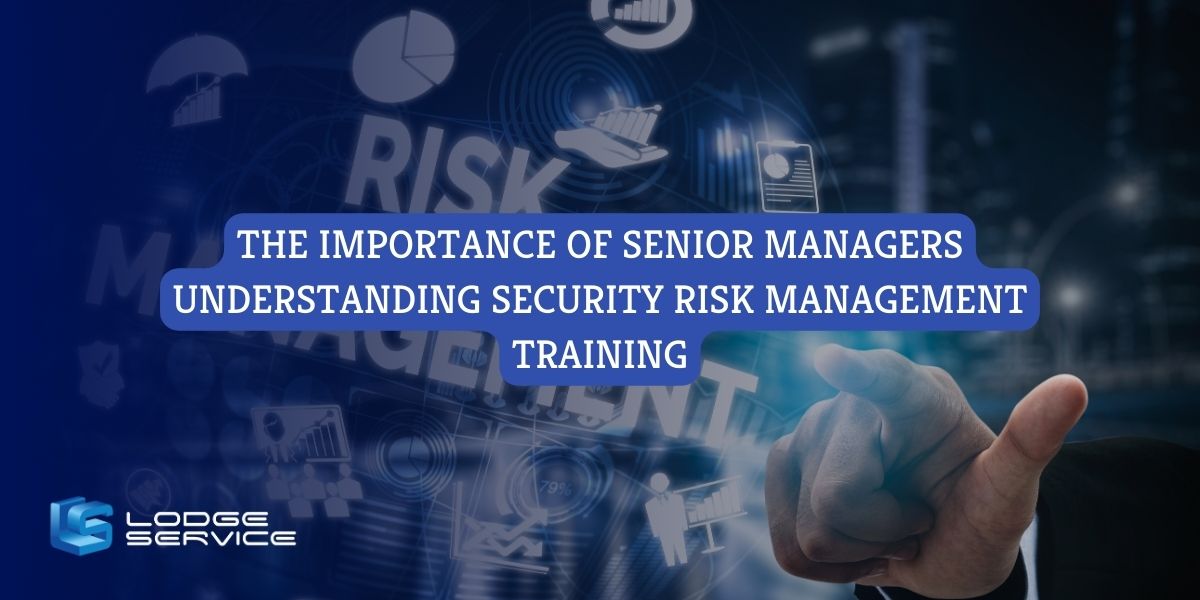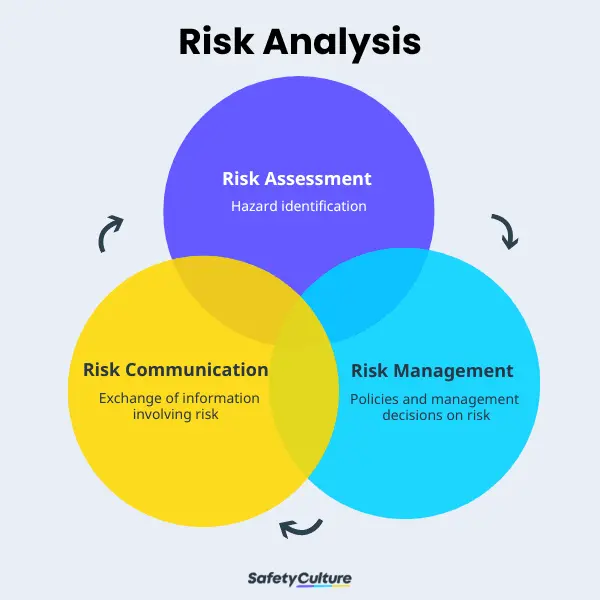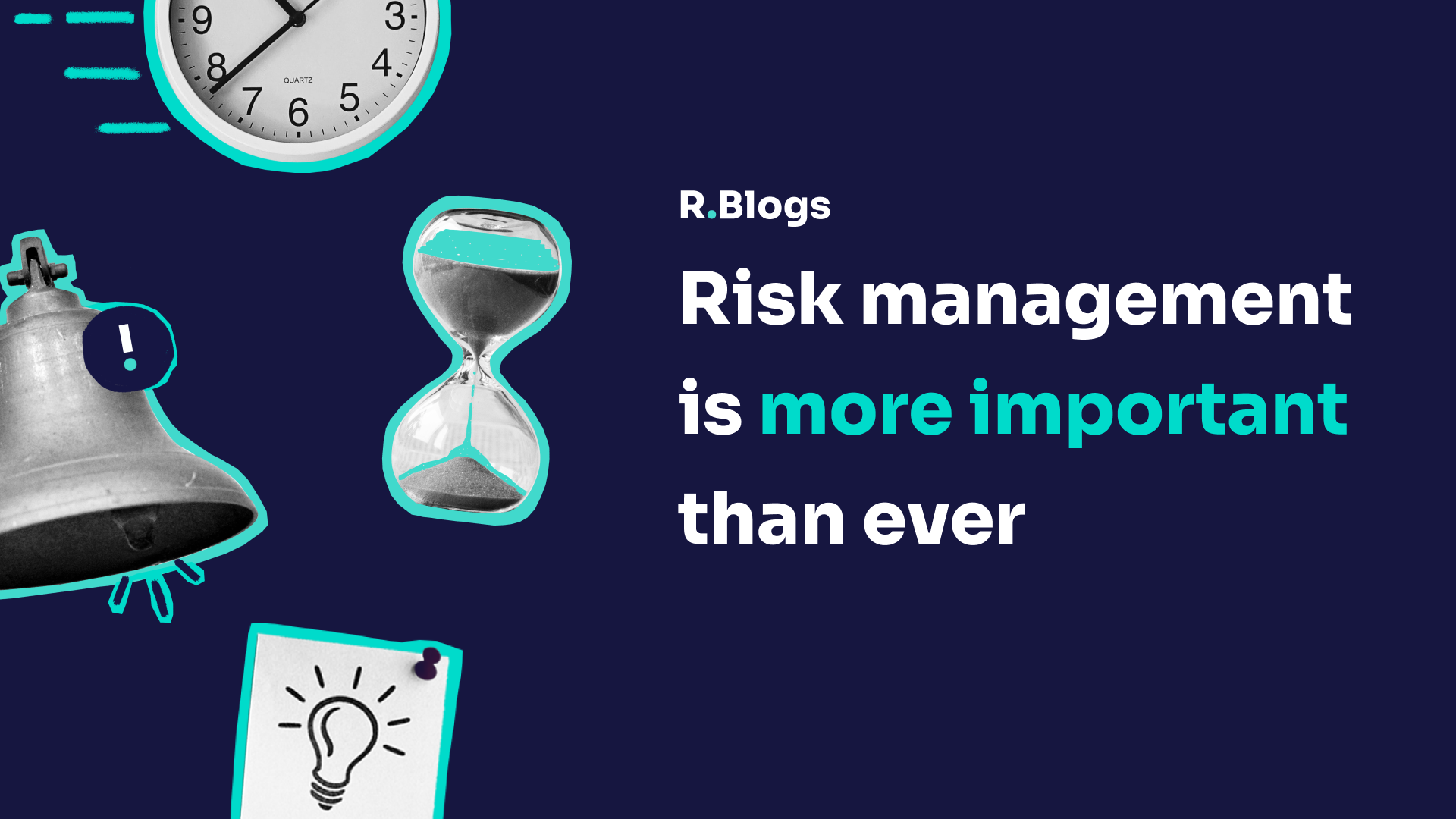Unlocking the Real Importance of Risk Management for Continuous Growth
Unlocking the Real Importance of Risk Management for Continuous Growth
Blog Article
Exploring the Importance of Risk Management for Effective Decision-Making Approaches
In the detailed globe of organization, Risk Management emerges as a vital aspect in the decision-making process. The ability to recognize potential hazards and possibilities, and strategize appropriately, can spell the difference in between success and failing.
Recognizing the Principle of Risk Management
Risk Management, a vital component in decision-making, is usually misconstrued or oversimplified. Risk Management involves disciplined and structured strategies, utilizing information and insightful assessments. From financial unpredictabilities, lawful liabilities, tactical Management mistakes, to accidents and natural calamities, it resolves different risks - importance of risk management.
The Function of Risk Management in Decision-Making Processes
In the world of tactical preparation and company operations, Risk Management plays an important duty in decision-making procedures. It assists in identifying potential risks and unpredictabilities that might impact the accomplishment of company purposes. By mapping these dangers, companies can develop methods to mitigate their influence, guaranteeing organization continuity and security. Risk Management therefore comes to be a crucial tool in decision-making, helping leaders to make educated choices based upon a thorough understanding of the risks entailed. It urges an aggressive technique, making it possible for companies to anticipate and prepare for feasible future scenarios. This dramatically decreases the probability of unfavorable effects, advertising much more efficient and effective decision-making strategies. Risk Management serves as an important component in the decision-making processes of any organization.

How Risk Management Improves Strategic Planning
In the context of critical preparation, Risk Management plays an essential role. Initiating with the recognition of prospective risks, it better includes the application of Risk reduction measures. The role of Risk Management is vibrant yet not static, as it demands consistent tracking and adjusting of methods.
Identifying Possible Risks

Executing Risk Mitigation
Having actually developed the relevance of recognizing potential risks, the next action is to check out Risk reduction. This procedure involves developing and executing techniques to manage determined threats effectively. It is a critical facet of strategic preparation as it improves decision-making by reducing prospective adverse end results. Risk reduction approaches can vary from Risk evasion, Risk transfer, to take the chance of decrease. Each approach needs to be customized to the particular Risk, considering its potential influence and the company's Risk resistance. Moreover, efficient Risk reduction calls for a deep understanding of the Risk landscape and the prospective impact of each Risk. This understanding enables organizations to focus on risks and allot sources successfully, ensuring that one of the most considerable risks are addressed initially.
Surveillance and Changing Strategies
Though Risk mitigation is an essential action in calculated planning, continual tracking and adjustment of these methods is equally vital. This ongoing procedure allows organizations to determine new threats and reassess existing ones, guaranteeing the applied techniques continue to be effective in the ever-changing service environment. It likewise offers a chance to review the success of the Risk Management procedures, permitting adjustments to be made where needed, more enhancing calculated planning. Effective surveillance and adjustment require the usage of analytics and key performance signs (KPIs) to gauge effectiveness. These tools supply beneficial data-driven understandings that can educate tactical decision-making. Consequently, monitoring and adjusting Risk Management methods is a critical component for enhancing a company's strength and strategic planning.
Instance Researches: Successful Risk Management and Decision-Making
In the world of organization and financing, effective Risk Management and decision-making often act as the columns of prosperous enterprises. One such entity is a multinational oil business that minimized economic loss by hedging versus fluctuating oil costs. In an additional circumstances, a technology start-up thrived by determining and approving risky, high-reward techniques in an unpredictable market. An international bank, faced with governing unpredictabilities, successfully navigated the circumstance with aggressive Risk evaluation and vibrant decision-making. These cases highlight the value of sharp Risk Management in decision-making procedures. It is not the lack of Risk, but the Management of it, that commonly sets apart effective business from not successful ones. These cases emphasize the crucial function of Risk Management in strategic decision-making. importance of risk management.
Devices and Techniques for Effective Risk Management
These tools, such as Risk signs up and heat maps, aid in recognizing and evaluating possible risks. Risk feedback approaches, an essential element of Risk Management, involve approving, avoiding, transferring, or mitigating dangers. With these tools and methods, decision-makers can browse the Going Here complicated landscape of Risk Management, thereby helping with educated and effective decision-making.
Future Patterns in Risk Management and Decision-Making Strategies
As we check out the large landscape of Risk Management, it comes to be apparent that the tools and methods used today will remain to develop. Future trends direct towards a raised dependence on modern technology, with expert system and machine understanding playing significant duties. These modern technologies will enable companies to forecast possible dangers with higher accuracy and make more informed choices. Additionally, there will be a growing emphasis on resilience, not simply in taking care of risks however also in getting better from adverse scenarios. The concept of Risk culture, where every participant of an organization is mindful and involved in Risk Management, will certainly acquire much more prestige. These fads proclaim a more aggressive and comprehensive technique in the direction of Risk Management and decision-making.
Conclusion

Risk Management therefore ends up being an essential device in decision-making, aiding leaders to make enlightened selections based on a thorough understanding of the threats included. Risk reduction methods can vary from Risk evasion, Risk transfer, to run the risk of reduction (importance of risk management). Effective Risk reduction needs a deep understanding discover here of the Risk landscape and the possible impact of each Risk. Risk feedback approaches, a key part of Risk Management, include accepting, avoiding, moving, or mitigating threats. The principle of Risk society, where every member of an organization is conscious and involved in Risk find this Management, will certainly get a lot more importance
Report this page